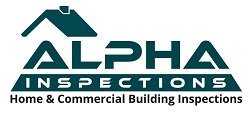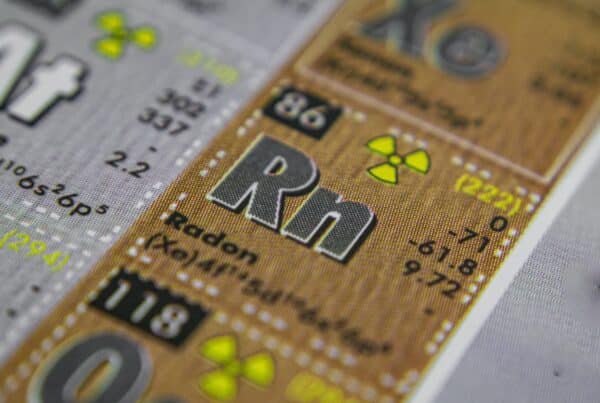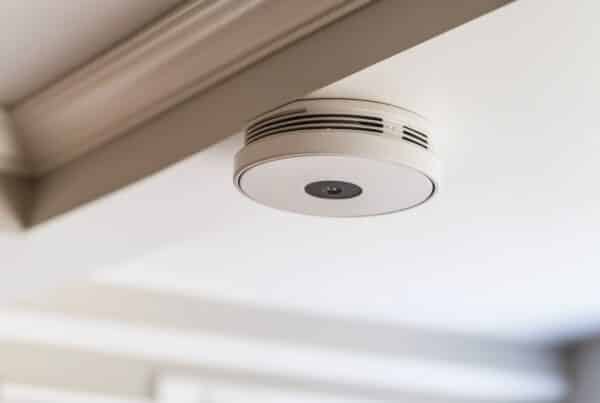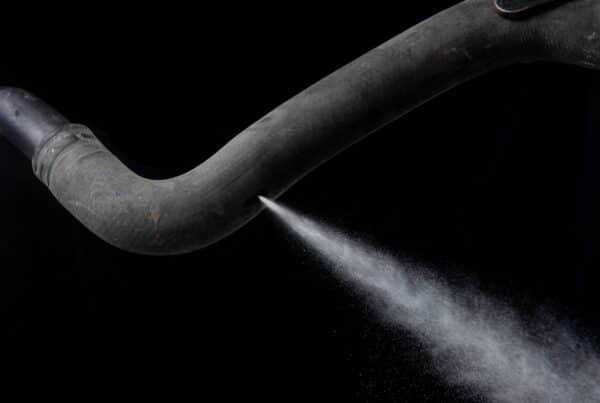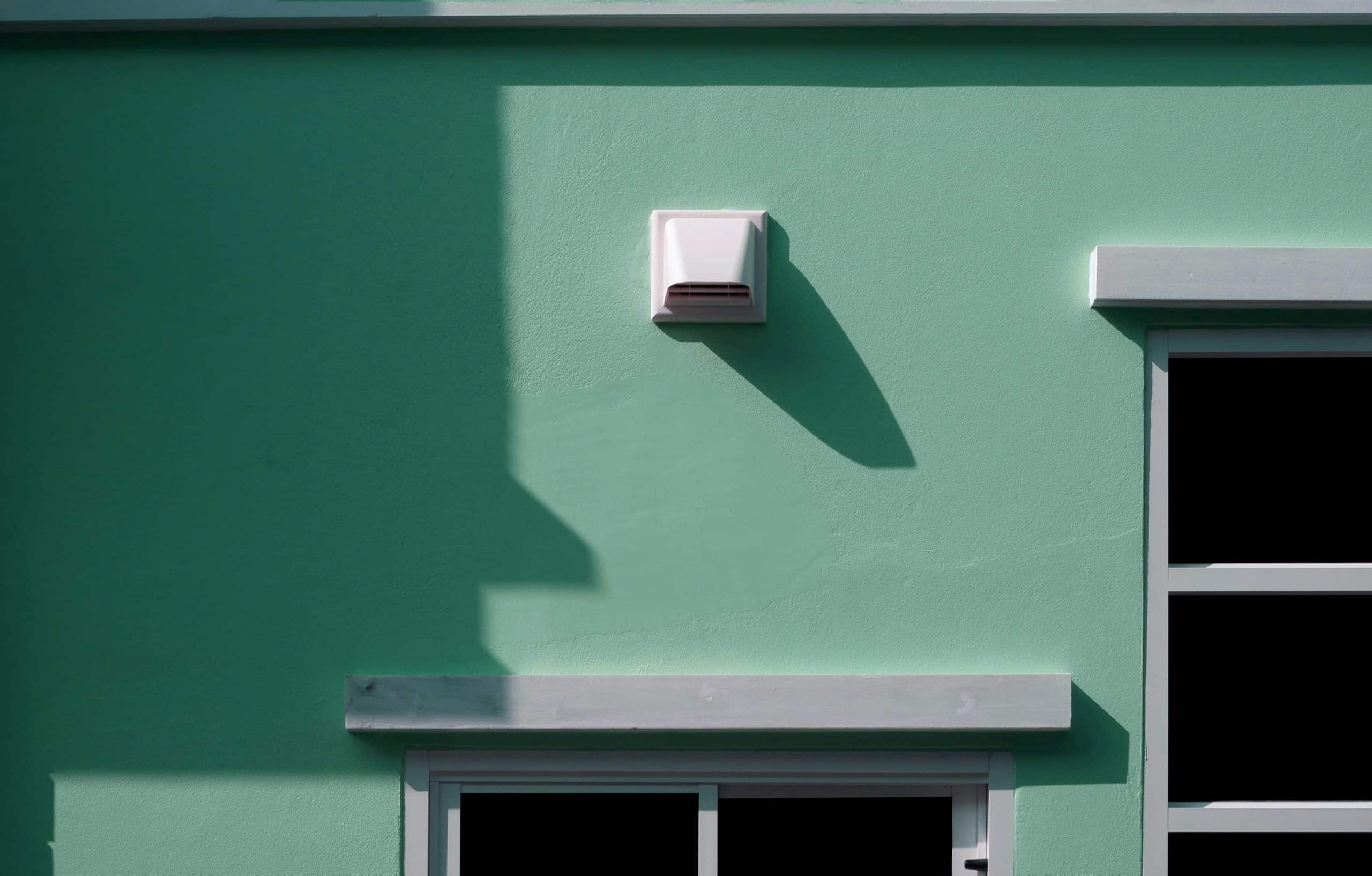
We all want fresh air to come into our homes. You might think that just opening the window, or the back door will do that. It does, but to make sure that the HVAC is receiving fresh air, a vent is needed.
What is a fresh air intake vent? It is an open duct that goes from an outside vent that serves as a path for clean fresh air into the home. It often goes to the room where the furnace is or the basement. Newer homes will have several of these due to stricter building codes.
We will look at why it is important to know about a fresh air intake vent, different types of furnaces, why you don’t block air vents, how to check for a carbon monoxide leak, benefits of the vent, maintenance, what to do if you have a dryer vent that goes to the roof, and when to call a professional.
Take a look below at the video below identifying fresh air intake vents on your home.
Why It is Important to Know About a Fresh Air Intake Vent
If you have a furnace or gas appliance in your home, you need to know about the fresh air intake vent. A furnace needs air as oxygen and it is important in combustion. Some people think that a vent on the outside doesn’t make sense because it is cold during the winter but it actually is good for the air quality in the home.
Different Types of Furnaces and Their Needs
There are two types of furnaces: Conventional and High Efficiency
Conventional Furnaces
These types of furnaces are also called, “80 percent furnaces.” They have 20 percent of the energy that is in natural gas that is used for heat ends up lost during combustion because of venting. The Annual Fuel Utilization Efficiency (AFUE) is 80 and this is how efficiently a furnace uses the heating fuel it consumes.
The air that surrounds the furnace is pulled into conventional furnaces. So if you have a fresh air intake vent, the air that is being replaced around the furnace will come from outside the house. If you don’t have the vent, then the air comes from crawl spaces, attic, dryer vents, and other areas. The air from the intake vent will be cleaner than the air pulling from other parts of the home.
Drawing Air to the Furnace
If the conventional furnace is in a smaller area or a space that is restricted and doesn’t have access to a fresh air intake vent, then it won’t run as efficiently. This is because the blower motor will need to use more electricity and won’t run as fast. Therefore, it will wear out faster and you will be looking at replacing your blower motor quicker.
If the blower motor is overheating, there are sounds, or the air flow is weak, it is time to have it serviced or replaced. In addition to the blower motor wearing out, the dirtier air will have higher levels of contaminates and will burn out the furnace faster.
High Efficiency Furnaces
There are known as “90 percent furnaces. ” Having an AFUE rating of 90 means that 10 percent or less of the energy in the natural gas is lost due to venting. These furnaces have a pipeline that goes from an outside vent to a sealed combustion area of the furnace. Then, it has a vent that goes to the outside of the home to allow the toxic fumes to escape the home.
High-efficiency furnaces have their own fresh air intake and draw it from outside so they don’t take any of the home’s dirty air. However, this type of furnace is susceptible to moisture issues and this will be noticeable on windows. Additionally, it leads to mildew. You may notice this on the windows in the home when it rains. They may leak and then the condensation starts forming.
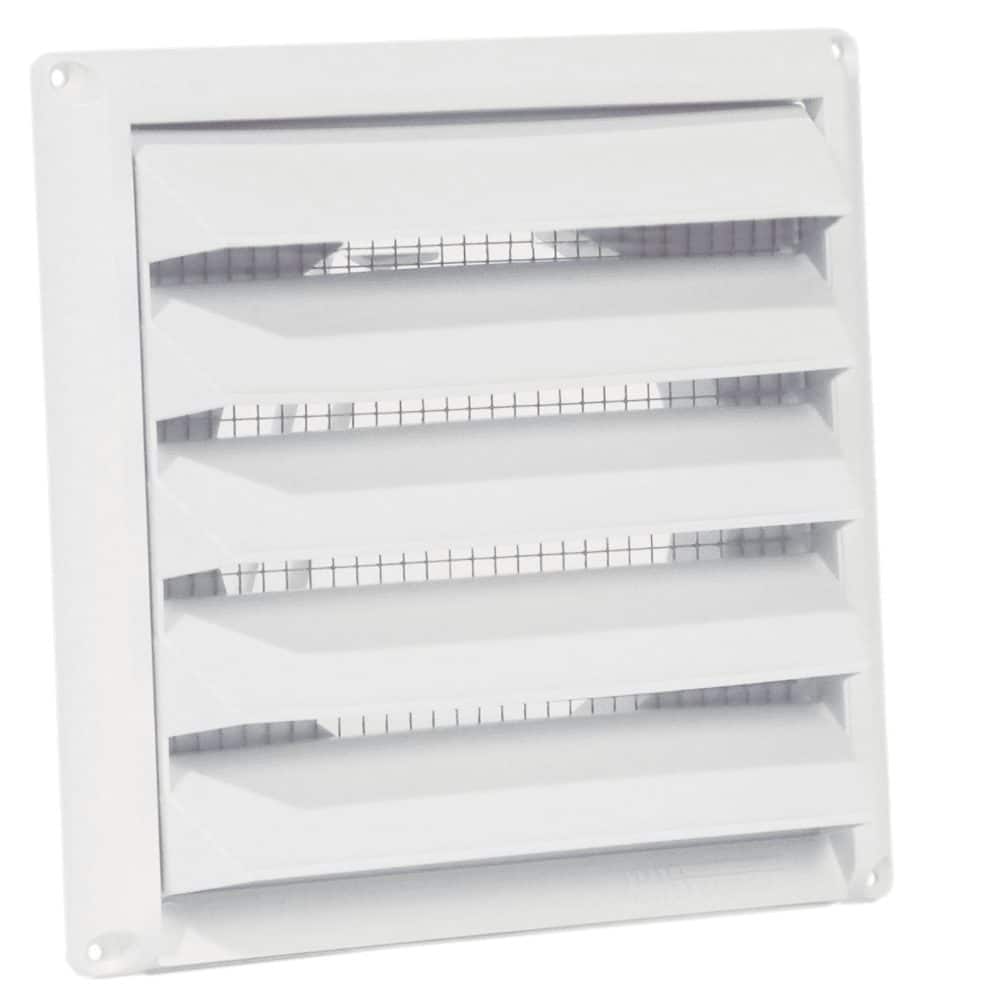
All Gas Appliances Should Have Fresh Air Intakes
All gas appliances should have a fresh air intake vent on them if they are indoors. These are gas heaters, fireplaces that use gas, gas water heaters, and gas dryers. If they don’t have a fresh air intake vent, then they rely just on the oxygen in the air. Thus, adding carbon monoxide and carbon dioxide in unhealthy ranges to the home.
Be sure to check there is a fresh air intake or vent near your gas appliances if they are indoors. In some jurisdictions, fresh air intakes are not required in garages.
Don’t Block the Fresh Air Intake Vent
Sometimes homeowners will block the air vents because they believe it is letting cooler air into the home. They feel a draft and decide it needs to be closed so they will put rags or other things in the vent to keep a cold air out. Unfortunately, what they are doing is keeping the clean air out and the dirty air inside. Blocking the fresh air intake vent in a small space can result in negative pressure and carbon monoxide can flow back down the flue vent.
Checking for Carbon Monoxide Leak
The last thing you want in your home is a carbon monoxide leak. However, it can happen with a furnace and gas appliances and when there is negative pressure. The warning signs of a carbon monoxide leak are yellow or flickering flame, moisture around windows or walls, and rust on the vent pipe. Being on the lookout for these signs will help. Carbon monoxide kills so you need to be careful and vigilant and installing a detector is a great idea.
Benefits of the Fresh Air Intake Vent
- Air is cleaner and fresher smelling
- Helps keep out chemicals and additional pollutants from the home
- Window and door drafts are often reduced
- Adds air to the home that replaces air going out from specific areas. These are the bathroom exhaust fans, the hood vent on the range and the clothes dryer to name a few.
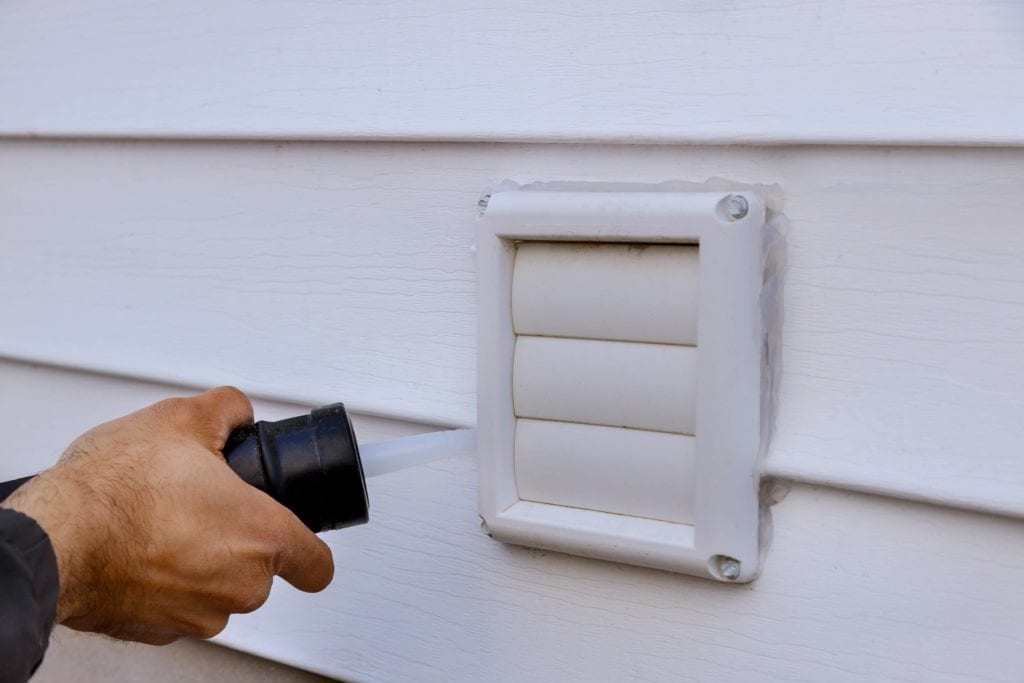
Maintenance of the Vent and The Home
A fresh air intake vent will not only bring clean air into the home, but also will not add any additional pollutants. There are things you can do to help the fresh air intake vent such as:
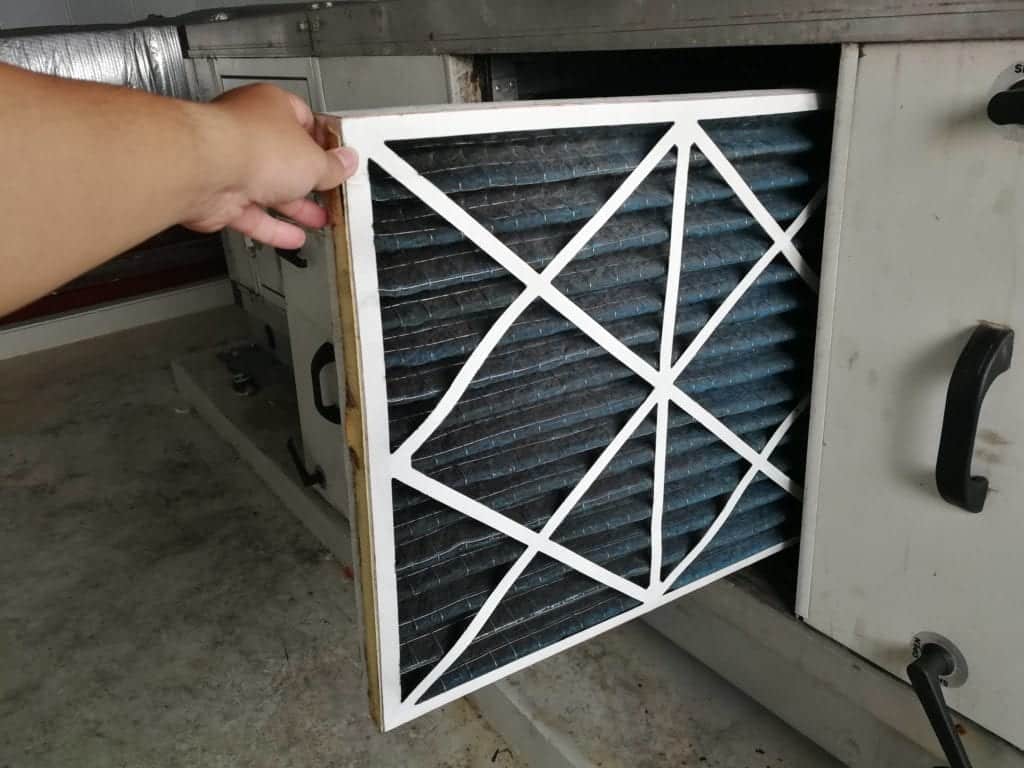
Replace the air filter
If your furnace and air conditioner share the same air handler, then they share an air filter. You will want to replace this every 30 days unless you have a pet. If you have a pet, it may need to be more often so check it every month to make sure. Not sure where the air filter is? It is located in the large metal (sometimes plastic) furnace compartment next to the blower, near the bottom of the door or on the side of the door.
Vent of the Fresh Air Intake
Don’t block the vent with any material so the air can flow through easily. You want it to do its job to help keep your home and family safe with the air they are breathing.
Clean the Filters
There are filters in the fresh air intake vent that need cleaning. Like anything outside, it can become a home for pests or debris and needs to be clean in order for it to work.
Backdrafting
Keep an eye out for backdrafting from the fireplace. This can cause carbon monoxide to release into the home. This doesn’t just happen with fireplaces but also with water heaters. There can be vent connector issues, issues with the chimney, or insufficient combustion. Here is a great video that explains backdrafting.

Ghosting on Walls
This occurs when soot from the fireplace and burning candles leaves marks on the wall due to lack of ventilation. In addition, ghosting on walls can happen when there is excessive moisture and humidity in the home as well. Find the source, fix it, and then you can paint over it.
Maintain the Furnace and Gas Appliances
It is important to maintain the furnace and gas appliances. If the furnace stops working, it could be the circuit breaker, thermostat, filter, or pilot light to name a few. Call a professional if there are issues. A lot can go wrong with a furnace and having a professional take a look at it is a good idea.
When to Call a Professional
Call a professional if you are having problems. These problems might be with your vent, your electric bill is increasing, there is moisture in the home, or you want to find out about switching to a fresh air intake vent. A professional can provide helpful advice and help you get the most out of your vent system in your home.
Conclusion
Clean air is important to breathe in the home. Your family will thank you for having a fresh air vent. The good, clean air coming in from the outside and staying in the home while the dirty air goes out is nice. Remember, make sure your vent is clear and not blocked with a material that doesn’t allow air to come through.
Maintenance is always key in the home. Alpha Building Inspectors will check your fresh air intake vent when conducting a home inspection in your home.
